5 Things You Should Know Before You Hire a House Painter
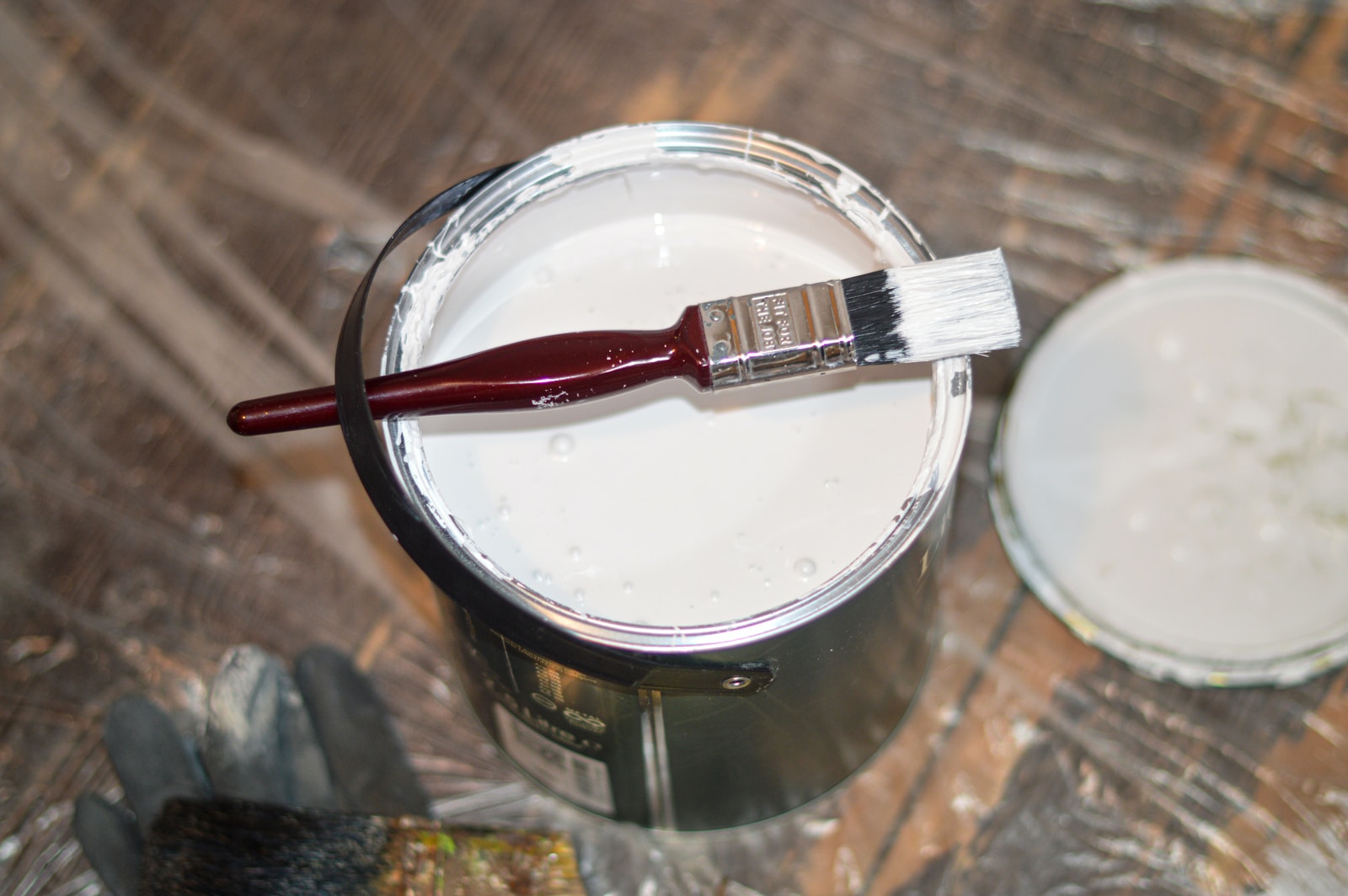
There is a lot that goes into a paint job – much more than you might think. As a matter of fact, any painting expert will tell you that a good eighty percent of any paint job is the preparation that must take place before any painting even begins.
If your house is in need of a new paint job, then you have two choices: you may either take on the task yourself, or you may opt to hire a professional. If you decide that the latter is the best option for you, then there are some things you should know about house painting before you enter into a contract or fork over any money. This report will explain five things you should know before you hire a house painter, we hope you enjoy it.
Tips for Painting Your Home’s Exterior
Painting the exterior of a home requires certain considerations, specific to painting in an outdoor space. Any professional you hire for the job should be aware of what it takes to get optimal results from an outdoor paint job. What does it take to paint the outside of your home? Here are some great tips for painting your home’s exterior:
- Clear the perimeter of the home. Trim back any bushes, tree branches, or other foliage that brushes up against or leans against the home. This will only get in the way while you work, and can potentially damage your new paint job.
- Protect freestanding objects close to your home. Cover any air conditioning unit, dog house, kids play house, swing set, and/or any other freestanding objects that are in the vicinity of the paint job. You can use plastic sheeting or tarp for this.
- Clean the siding. Paint won’t stick to a dirty surface, so before you even begin painting, you must do a thorough job of cleaning the siding. To do this, use soapy water and a scrub brush or broom. Then rinse the siding using a garden hose, until the runoff water is clear.
- Repair imperfections. Inspect the exterior surfaces for holes, cracks, and/or crevices. Fill these imperfections with wood putty, allow the putty to dry, sand it down, and wipe any dust away with tack cloth. Also, secure any loose siding into place with siding nails.
- Paint soffits and trim first. That way, any stray paint will be covered by the exterior paint you use for the siding.
- Use a primer. A primer is a base coat that creates a smooth surface for painting over, and that blocks out stains that might bleed through. If you are painting wood siding, then it is especially important that you begin with a primer.
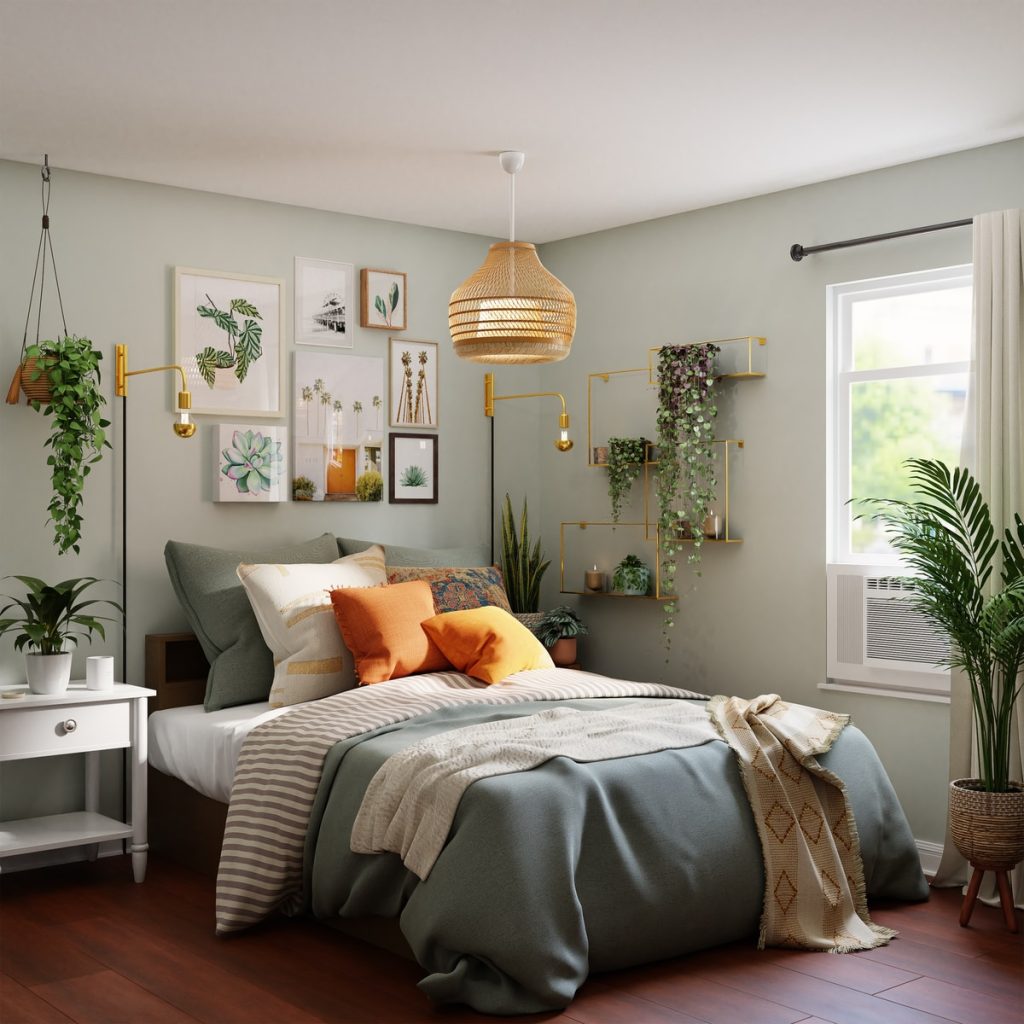
Tips for Painting Your Home’s Interior
It is impossible to say whether it is easier or harder to paint a home’s interior space, as opposed to the exterior. Simply put, it is just different, and it involves a unique set of rules and techniques. How do you get the best possible results out of your interior paint job? Here are some tips for painting your home’s interior:
- Tape off. Use easy-release painter’s tape to tape off edges, trim, windows, doors, architectural features, and the edge where the wall meets the ceiling. Taping off is arguably the most important thing you can do when it comes to getting great results, so be prepared to devote even more time to taping off than you do to painting.
- Clear the space. It is a good idea to completely clear the space you plan on painting in. Remove whatever furniture you can to avoid costly paint drips and prevent possible trip-ups.
- Choose the right paint finish. There are different paint finishes for different effects, and the finish you choose should be dependent on the look you are going for, as well as the condition of your walls and the amount of upkeep your walls will need. High gloss finish is easy to clean, but it will highlight any imperfections your walls might have. Flat paint is best for concealing imperfections, but it is very difficult to keep flat paint clean. Semi-gloss and eggshell finishes are somewhere in-between, and each has its own look and feel.
- Protect your flooring. Lay down a tarp, or plastic or cotton sheeting, to cover the entirety of your flooring. Be sure to secure the sheeting to the walls so that it doesn’t budge while you are painting.
- Prepare your walls. Clean the walls with a mixture of soap and water, and then rinse them with a wet rag. Fill nail holes and other imperfections with putty, and then sand them down so they are uniform with the rest of the wall. Lastly, apply a primer as a base coat.
Tools of the Trade
Just as with any other specialized task, you absolutely must use the right tools if you want your finished paint job to look its best. Fortunately, there are a number of tools – both large and small, and simple and complex – to facilitate proper painting on both exterior and interior surfaces. Want to know what goes into pulling off a flawless paint job? Here is a rundown of the tools of the trade:
- Paint brushes. Paint brushes come in a variety of sizes, shapes, and bristle types. They are most commonly used for “cutting in” to cramped areas, around architectural details, and wall/ceiling edges, as well as for painting trim. Don’t skimp when it comes to choosing paint brushes, as cheap brushes can make a simple job a lot more difficult and time consuming. Look for brushes made with Chinex bristles, manufactured by Wooster, Purdy, and Corona.
- Rollers. Large wall expanses are generally covered using paint rollers. Rollers come in a variety of nap thicknesses. Nap indicates the texture of the material covering the roller, and you must take into consideration the surface you are painting and the type of paint you are using before you decide on a nap thickness.
- Edging tools. There are a number of handy tools that can make finishing your edges relatively simple and easy. The type you choose is a matter of personal preference. It is a good idea to experiment with a few different types in order to determine which you prefer.
- Sprayers. If you have an especially large area to cover (as is usually the case with exterior or new construction paint jobs), then you can save a tremendous amount of time and effort by using a sprayer for your paint application. There are different sprayers on the market, and you can either purchase them at home improvement stores, or rent professional-grade sprayers from equipment rental companies.
- Miscellaneous. In addition to the tools you use for paint application, there are also some miscellaneous items that are necessary to any paint job. These include painter’s tape, foam brushes (for touch ups and small details), tack cloth (for cleaning dust off of surfaces that will be painted), plastic or cotton sheeting (to protect floors, furniture, and appliances), respiration mask (to protect your lungs from harmful paint fumes), and painter’s overalls (to protect your clothing).
Signs You Need to Hire a Professional
Sure, you can take on your paint job without the help of a professional painter and decorator, but there are many circumstances in which you’d be much better off entrusting the job to someone with verifiable experience and expertise. If you are on the fence when it comes to whether or not you should recruit a painting contractor for your project, then there are some things you need to consider. The following points can make your decision a lot easier. Here are some clear-cut signs that you need to hire a professional:
- You don’t have the time. As previously mentioned, a lot more goes into a paint job than just rolling out some paint. If you don’t have the necessary time to put into cleaning and repairing the surfaces to be painted, taping off the areas you don’t want painted, and protecting your space from paint drips, then you should hire a professional who can take the time to do it right.
- Safety. If you have extremely high ceilings that need a fresh coat of paint, or if your paint job involves second or third-level exterior walls, then you might need to hire a professional for safety’s sake.
- You don’t have professional equipment. Having the right equipment can mean the difference between a two day job and a two week job. Simply put, your roller is no match for an industrial grade paint sprayer. If you want the job done well, and fast, then your best bet is to hire a professional painter.
- A professional’s work is guaranteed. When you do your own paint job, you have no one to blame but yourself in the case of imperfections or damaged property due to paint drips and/or overspray. That means that you – and only you – will be the one responsible for fixing these mistakes. One of the great conveniences of hiring a professional is that it is the contractor who must make any necessary corrections to the paint job if it doesn’t turn out exactly as you want it to.
How to Choose a House Painter that is Right for You
Now that you’ve made up your mind to hire a professional for your home painting project, you need to find a contractor that is best suited for the job. There are many painting professionals out there, all vying for your business and claiming to be the best. Having so many choices can make things more confusing, especially if you aren’t sure where to start. Fortunately, there are some very practical steps you can take to narrow down your options and find your perfect fit. Here are some tips for how to choose a house painter that is right for you:
- Ask around. The best starting point is to ask people you know for recommendations. When it comes to business, reputation means a lot; therefore, a painting contractor who is highly recommended by people you trust is most likely a professional that you can trust to do the job well.
- Internet research. You can find a treasure trove of valuable information online, as long as you know where to look. Search customer review sites like Angie’s List, Yelp, and Google Places to read testimonials from other satisfied (and sometimes not so satisfied) customers who have worked with the painters in question. Also, be sure to check with the Better Business Bureau (bbb.org) to verify that the contractors you are considering don’t have any outstanding and/or unresolved complaints against them.
- Examples of work. When you interview potential painters for the job, ask to see examples of their work. They may be able to give you some home addresses, so that you can drive by and assess the paint job, or they may even have an online or print portfolio showcasing their work.
- References. Once you have narrowed down your list of candidates to a manageable size, you should ask the painters you are considering for a list of two or three references. Call each of the references you are given, and be sure to ask a wide array of questions, covering everything from workmanship, to customer service, to timeliness, to pricing.
- Price quotes. When it comes down to choosing between the final two or three, the price quotes you are given can be the determining factor. Invite the contractors you are considering to the job site to do a walk-through and give you a detailed quote for the job. All of the quotes you are given should be in the same ballpark (for the same amount of work). By the time you are at this stage, you should feel confident that the contractors you are considering are all reputable and competent. Therefore, this final step of obtaining price quotes should make the task of choosing the right professional for the job an easy one.
Conclusion
Painting your home is a big job. It takes time, patience, and attention to detail – not to mention a good amount of manual labor. If you are facing a painting project that you’re not sure you want to tackle on your own, you can call on an experienced professional.

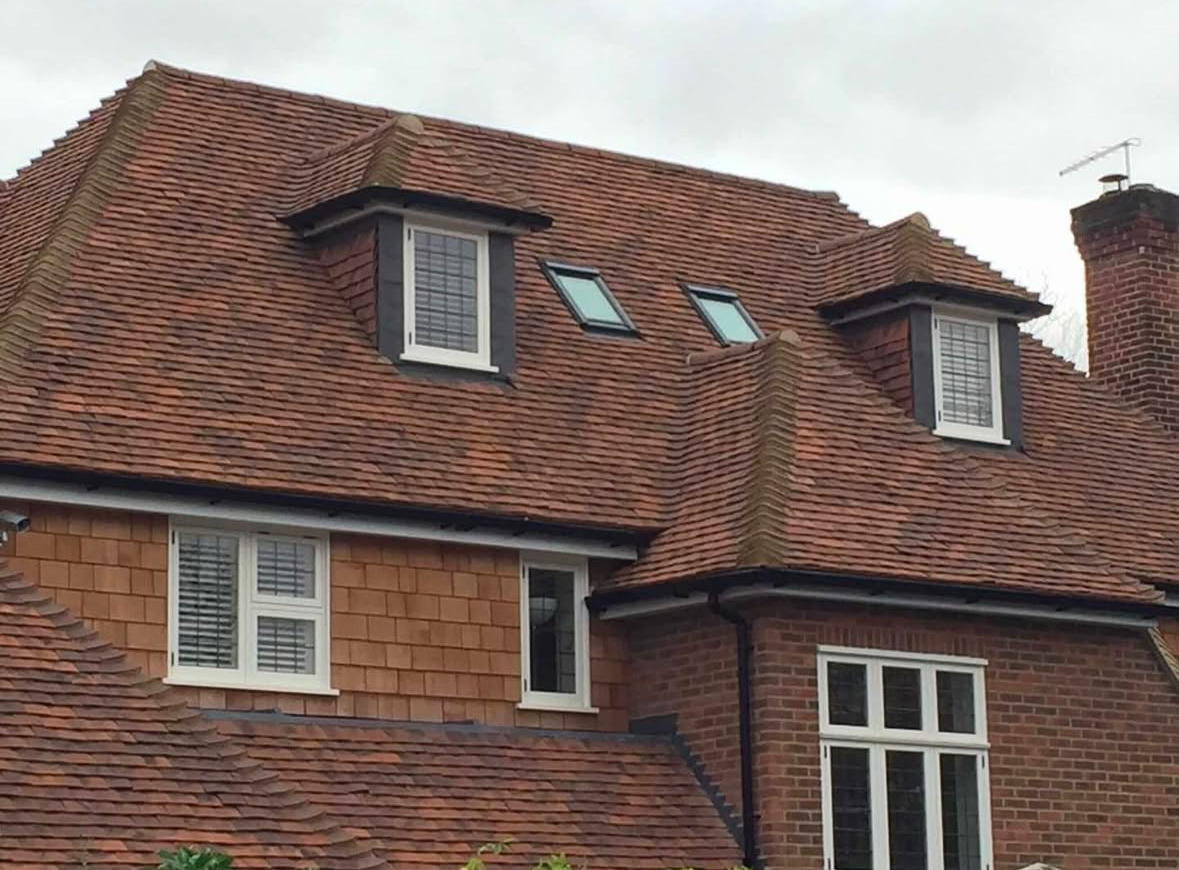





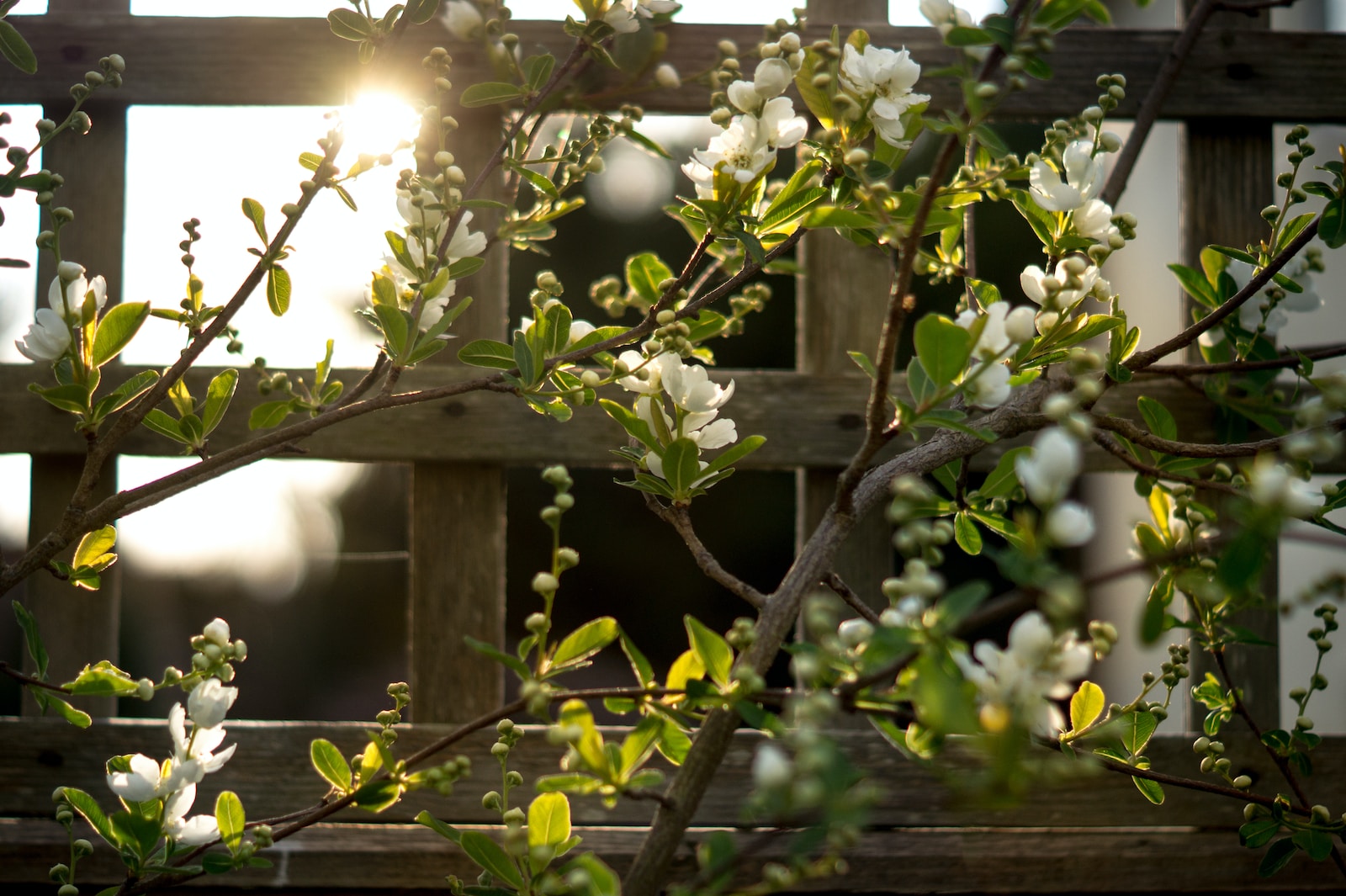

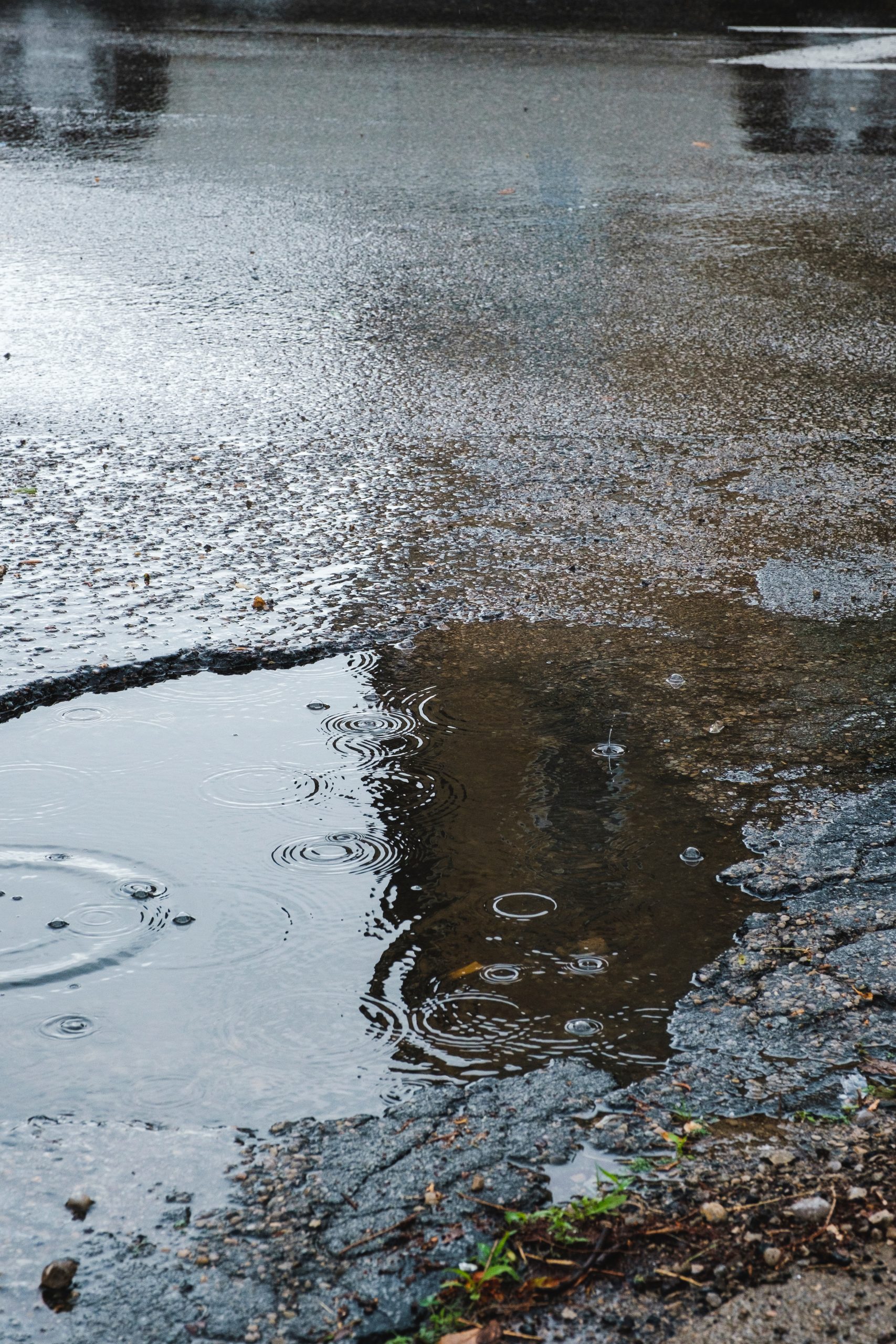
1 thought on “5 Things You Should Know Before You Hire a House Painter”